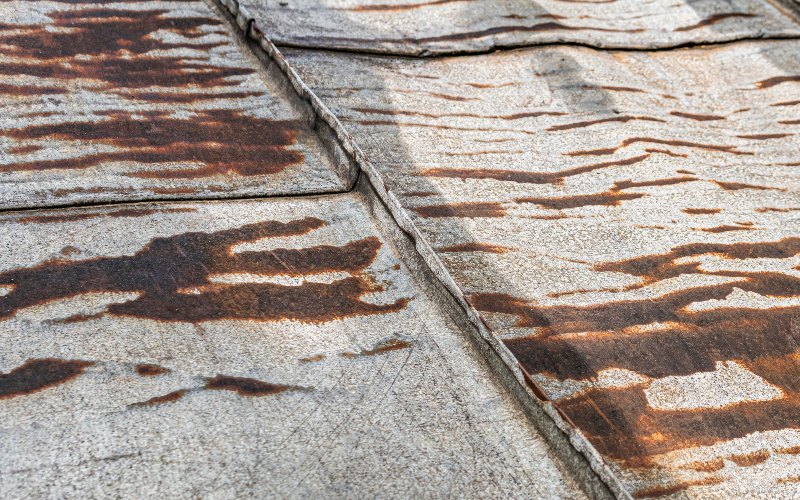Halwa, centuries-old Somali dessert, faces decline as modern tastes evolve

A rising number of people have outgrown it and are consuming less and less of it, if any at all, abandoning the traditional food that was once a staple of festivals and daily life.
Halwa is a centuries-old confectionery that traces its origins to the 13th century when it first appeared in an Arabic cookbook christened Kitab al-Tabikh, the book of dishes.
Since then, this addictive dessert, whose name comes from the Arabic word helw, which means sweet, has expanded over the Horn of Africa, East Africa, South Asia, the Middle East, and portions of Eastern and Southern Europe.
More To Read
- How to make Kac Kac, the crispy Somali tea biscuits
- Somali culture, wildlife and hospitality draw tourists to Garissa’s Bulla Adey village
- How to make muufo: Traditional Somali maize flatbread making a comeback in Nairobi kitchens
- Why samosa reigns supreme at Somali breakfast tables and snack culture
- The unbreakable bond between Somalis and bananas at mealtime
- The mobility photobook: Archiving Somali and its diasporic legacies through gender
In these locations, one will always encounter ways of preparing halwa that are offshoots of the original recipe but somehow the end product remains almost the same, a reddish-brown jelly-like, high-calorie, translucent confection with a rubbery texture.
The Somalis are part of the global community that has embraced halwa and, like the rest; they have their own special way of making the sweet, which has attained cultural significance in the community.
Halwa is not just eaten as a dessert or street snack but is also provided at weddings, family reunions, and other holidays such as Eid, where people bond over conversations like Latifa Adan and her family did.
“Fridays are special in my family because we gather and look back at the week. We make popcorn and coffee with halwa as an accompaniment,” Latifa Adan says.
“I enjoy taking halwa. I have taken it since I was seven years old when my mother introduced me to it and I prefer it to chocolates and other sweet stuff.”
Preparation
Abas Abdinoor Khalif, who operates a sweets shop on Eastleigh 9th Street, explains how the Somalis prepare their halwa.
“We use sugar, oil, cornstarch, food colour, and cinnamon powder. We mix the ingredients and boil them to make a soft, hot jelly. It is important not to overcook because that way it gets an undesirable hard texture,” says Khalif, who has been in the sweets business for 15 years.
Once the halwa is ready, it is placed in a large metal dish and kept heated. Khalif will then sell it starting at Sh150 per quarter kilo.
Even with this basic way of creating halwa among Somalis, there are a few variations, with some adding spices such as cardamoms and cloves.
Some even mix groundnuts into their halwa or serve it with biscuits. Adding these spices enhances its taste and makes it easy to chew and swallow. Without them, halwa squirms in the mouth, causing a hesitation in thought on when and how to chew and swallow it.
This is why others like their halwa with hot beverages like coffee or spicy tea, which makes it melt in the mouth.
 Abas Abdinoor Khalif, who operates a sweets shop on 9th Street in Eastleigh, Nairobi. (Photo: Hafsah Hassan/EV)
Abas Abdinoor Khalif, who operates a sweets shop on 9th Street in Eastleigh, Nairobi. (Photo: Hafsah Hassan/EV)
Changing habits
However, unlike Latifa Adan, a rising number of people have outgrown it and are consuming less and less of it, if any at all, abandoning the traditional food that was once a staple of festivals and daily life.
Fadumo Ali, a mother of three, explains her family's change in habits.
"We used to buy halwa almost every week," she recalls, "but after seeing how much sugar goes into making it, I couldn't let my children eat it so often."
Fadumo's concern is echoed by many parents who have witnessed the process of creating halwa, where copious amounts of sugar, ghee, and cornstarch are stirred for hours to achieve the perfect consistency.
The sight of such ingredients being used in such quantities has left many parents reconsidering the choice of halwa in their children’s diets.
Health factors
Moreover, Somalis are becoming increasingly aware of the health implications of consuming sugary snacks.
"I’ve seen my father struggle with diabetes," says Hassan Jama, a 45-year-old shopkeeper. "Seeing his struggles made me rethink how much sugar my family consumes, and that includes halwa."
The shift isn't just about health; taste preferences are also evolving. Young Somalis, exposed to a broader array of international cuisines and modern snacks, find halwa excessively sweet.
"I used to love halwa, but now it's too sweet for me," says 22-year-old Ayan Hassan. "I'd rather have a piece of fruit or a less sugary snack."
This change in taste reflects a broader trend where traditional foods are being reevaluated in light of new dietary influences and preferences.
Community leaders also weighed in on the issue.
Amina Abdirahman, a local teacher, notes the changes in school snack habits.
"Ten years ago, almost every child would bring halwa to school during special occasions," she says. "Now, it's more common to see fruits, nuts, or other healthier options. Parents are becoming more conscious about what their children are eating."
A lasting heritage
Despite this trend, halwa remains a cherished part of Somali culture. Elderly residents and traditionalists still enjoy it, often on special occasions.
"Halwa is part of our heritage," says 65-year-old Mohamed Abdi. "We may eat it less frequently now, but it will never disappear. It reminds us of our past and our celebrations."
The decline in halwa's popularity signifies a broader change within the Somali community, balancing the preservation of cultural traditions with an increasing awareness of health and modern dietary preferences.
While some may have outgrown halwa, it remains an enduring symbol of the Somali heritage, one that adapts but never entirely fades away.
Top Stories Today















































